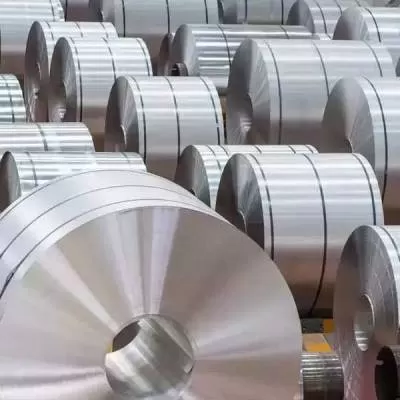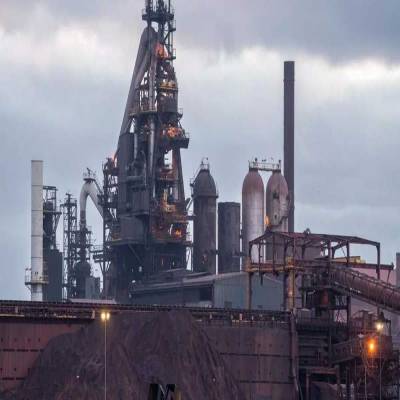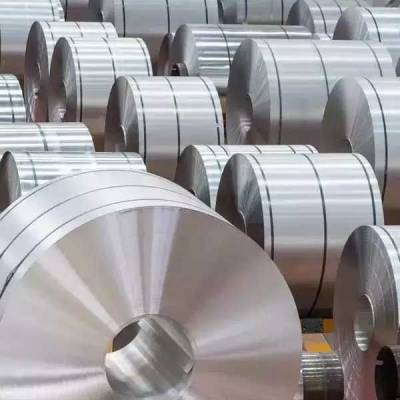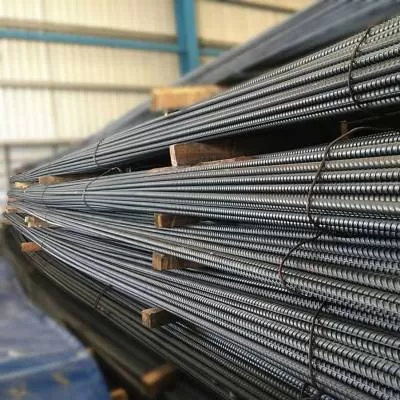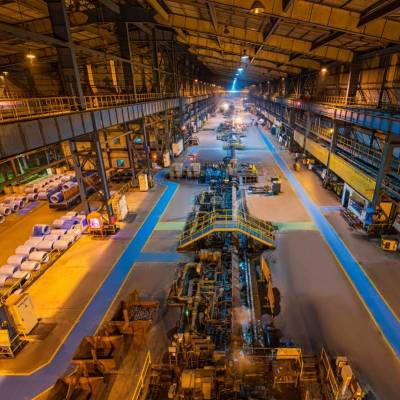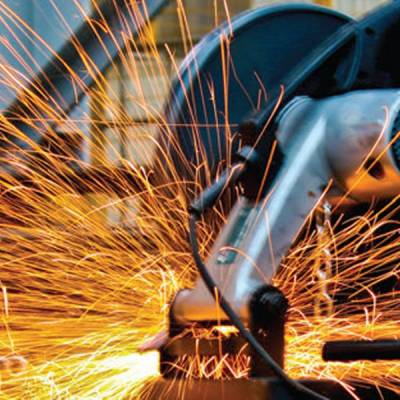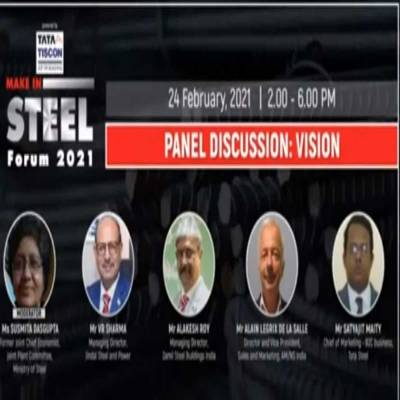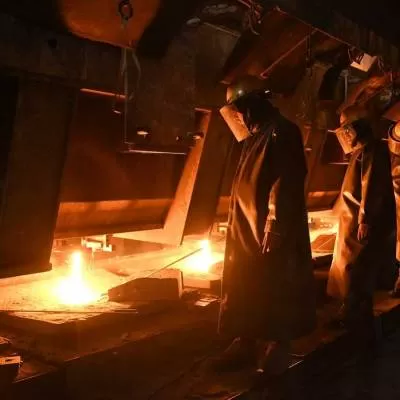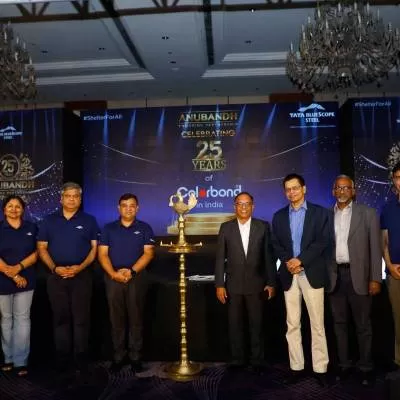- Home
- Building Material
- Steel
- Fastest Growing Steel Companies in India

Fastest Growing Steel Companies in India
The steel sector contributes over 2 per cent to India's GDP and generates 20 lakh jobs in the country. Consequently, the sector has been a major contributor to the country's manufacturing output. <p></p> <p>In India, the steel sector has witnessed a steady growth driven by domestic availability of raw materials such as iron ore and cost-effective labour. In light of these factors, India has emerged as the world's third-largest steel producer in 2016. </p> <p>Over the years, India has strived for continuous modernisation, upgradation of older plants and higher energy-efficiency levels. During FY17, crude steel production in India was 72.35 MT, with the total crude steel production growing at a CAGR of 4.9 per cent over the last five years. Going ahead, the capacity utilisation of steel producers is set to increase with strong export demand and signs of revival in domestic sales. Steel manufacturing output of India is expected to increase from 88.4 MT in 2017 to 128.6 MT by 2021, accelerating the country's share of global steel production from 5.4 per cent in FY17 to 7.7 per cent.</p> <p>In the preceding year, when most of the Indian steel manufacturers were facing several concerns, the government took a positive step of increasing minimum import duty. According to DGFT, the minimum import price (MIP) for these products would range between $643 and $752 per tonne. As a result, in FY2016-17, steel imports in India fell by 36.6 per cent YoY to 7.42 MT, as against to 11.7 MT in 2015-16. As for exports, in FY2016-17, India's steel exports increased by 102.1 per cent YoY to 8.24 MT, as compared to 4.07 MT in 2015-16. The top countries that import steel from India are Vietnam, Italy, Nepal and the UAE.</p> <p>There has been a steady increase in demand from the construction industry, which has gathered some traction in the last 12 to 18 months. Even the automobile sector has been a good contributor in terms of demand. Additionally, there has been an increase in demand for speciality steel from the consumer durables and capital goods industry. As far as other parameters are concerned, 100 per cent FDI in the steel sector has led to a good amount of capital inflow. Rising investments from domestic and foreign players, which indicates an increase in the number of MoUs signed, are approximately worth $40 billion. </p> <p>The New Steel Policy, 2017 aspires to achieve 300 MT of steel-making capacity by 2030. This will translate into an additional investment of Rs 10 lakh crore ($156.08 billion) by 2030-31. The policy seeks to increase per capita steel consumption to the level of 160 kg by 2030 from the existing level of around 60 kg. Lastly, the entry of international players will provide benefits in terms of capital resources, technical knowhow and more competitive industry dynamics. </p>


